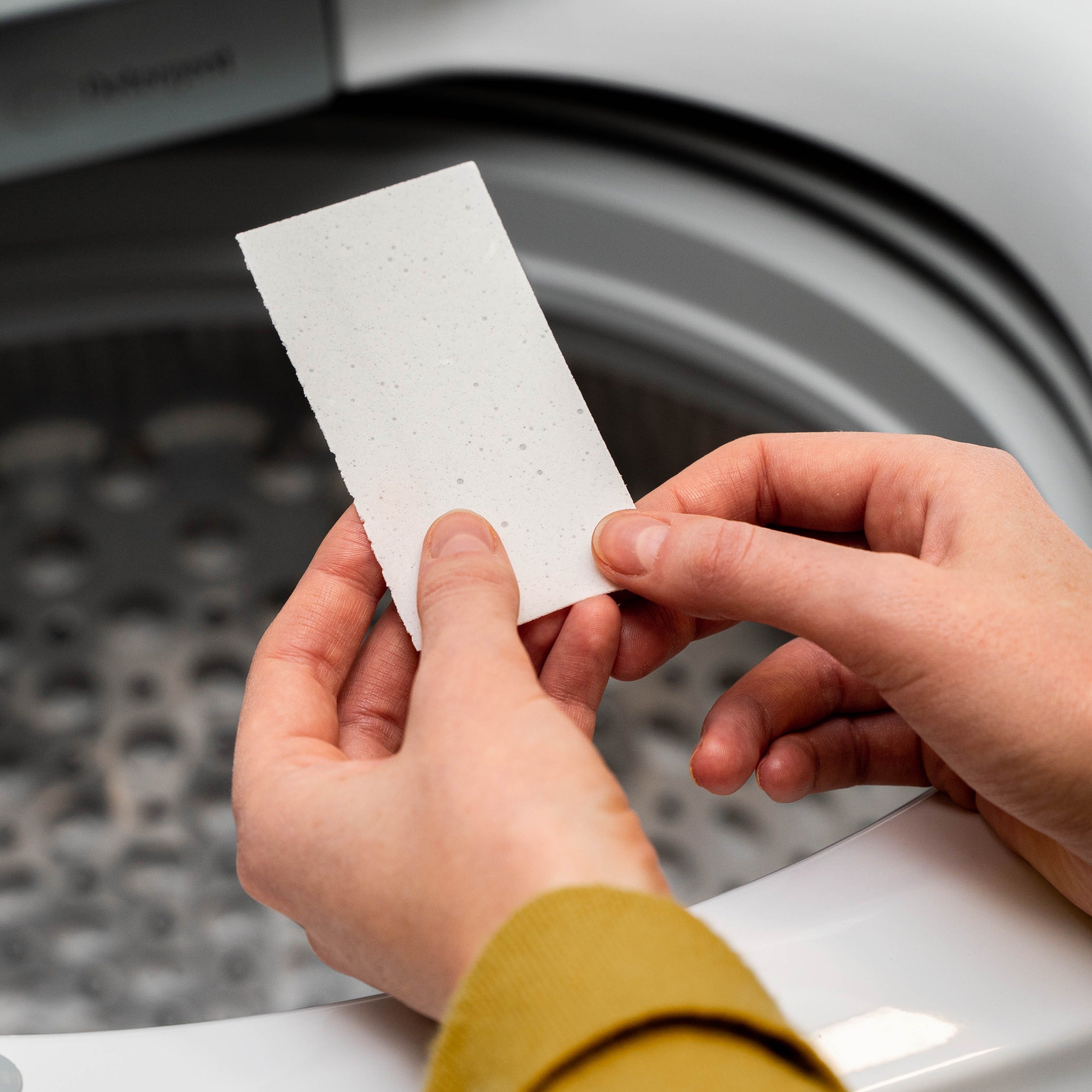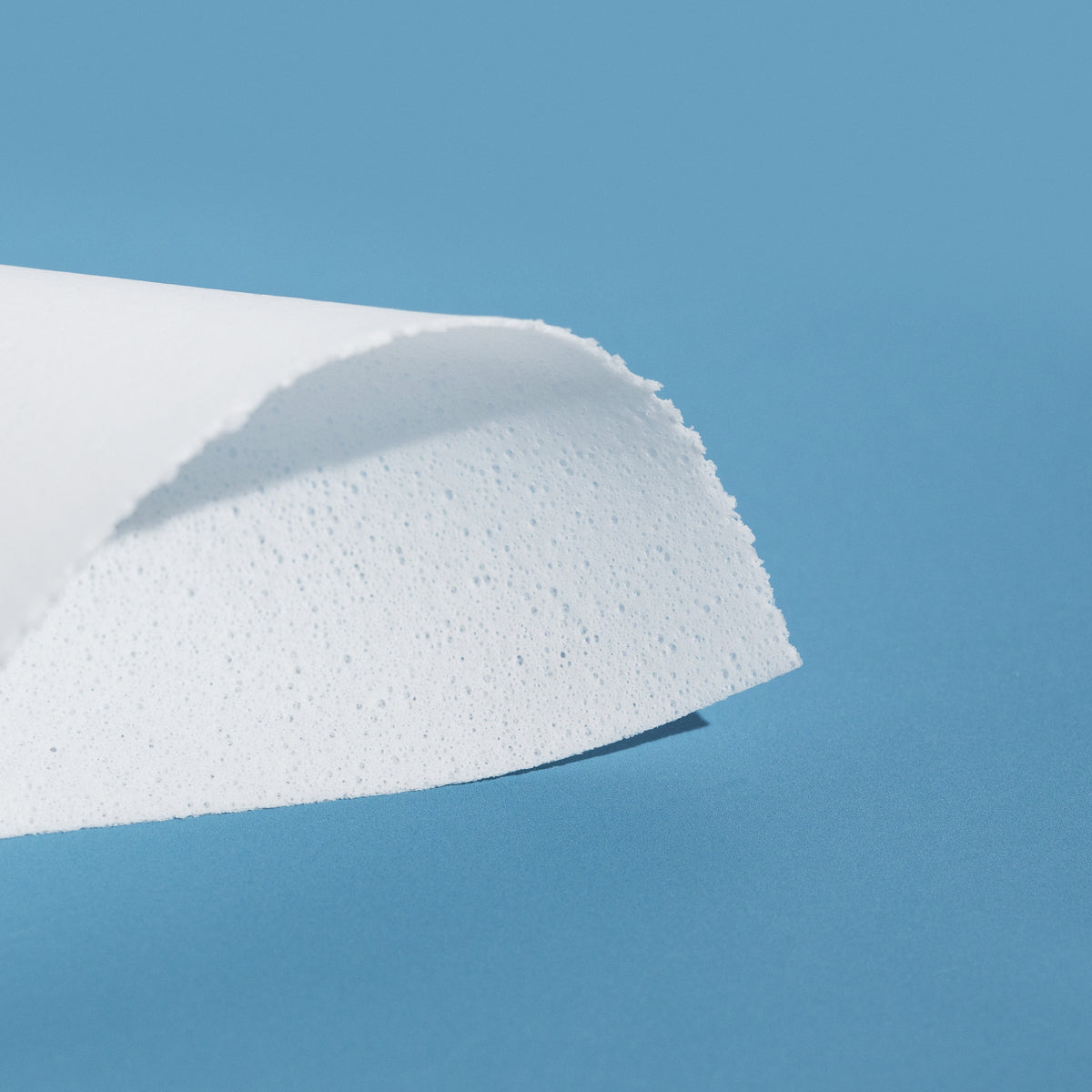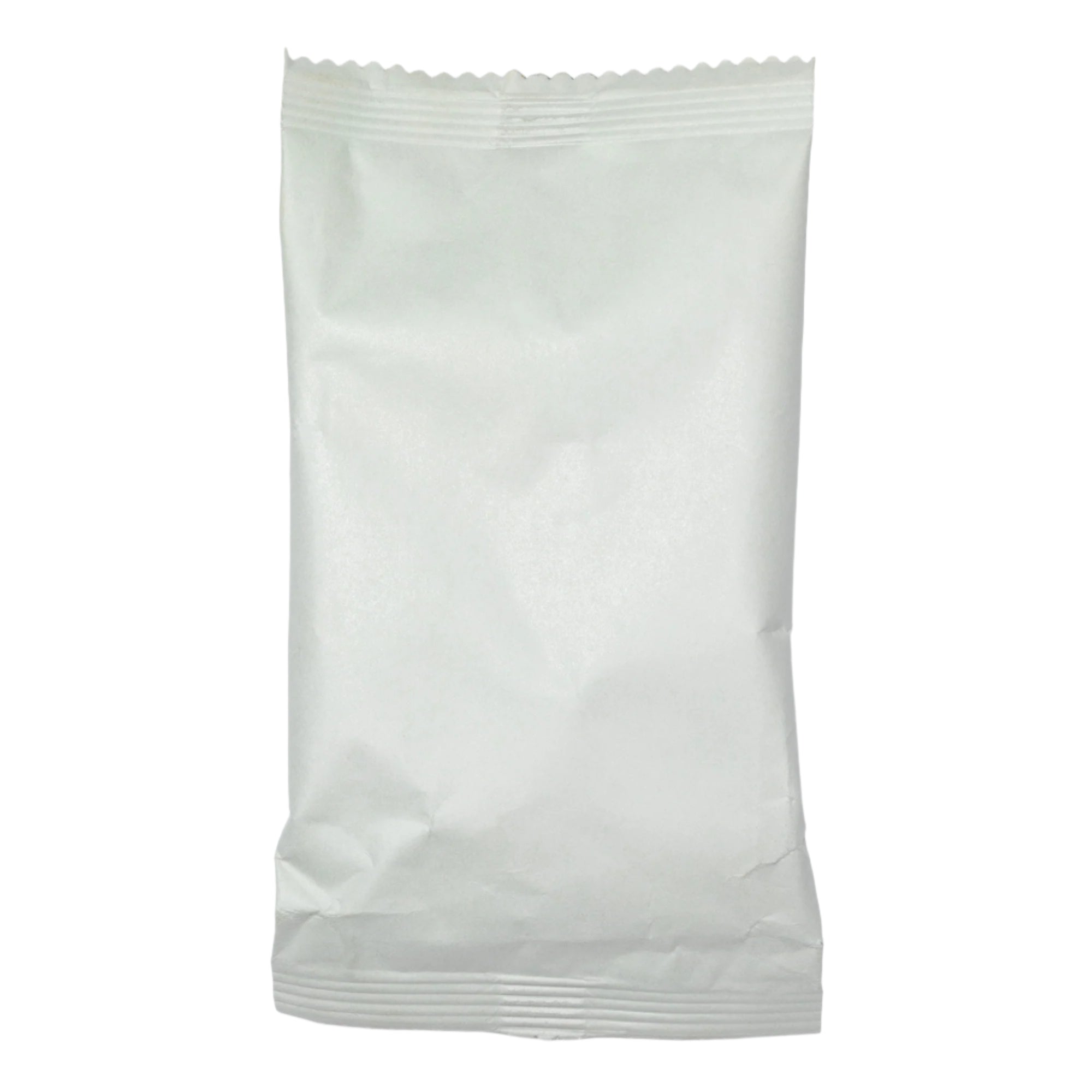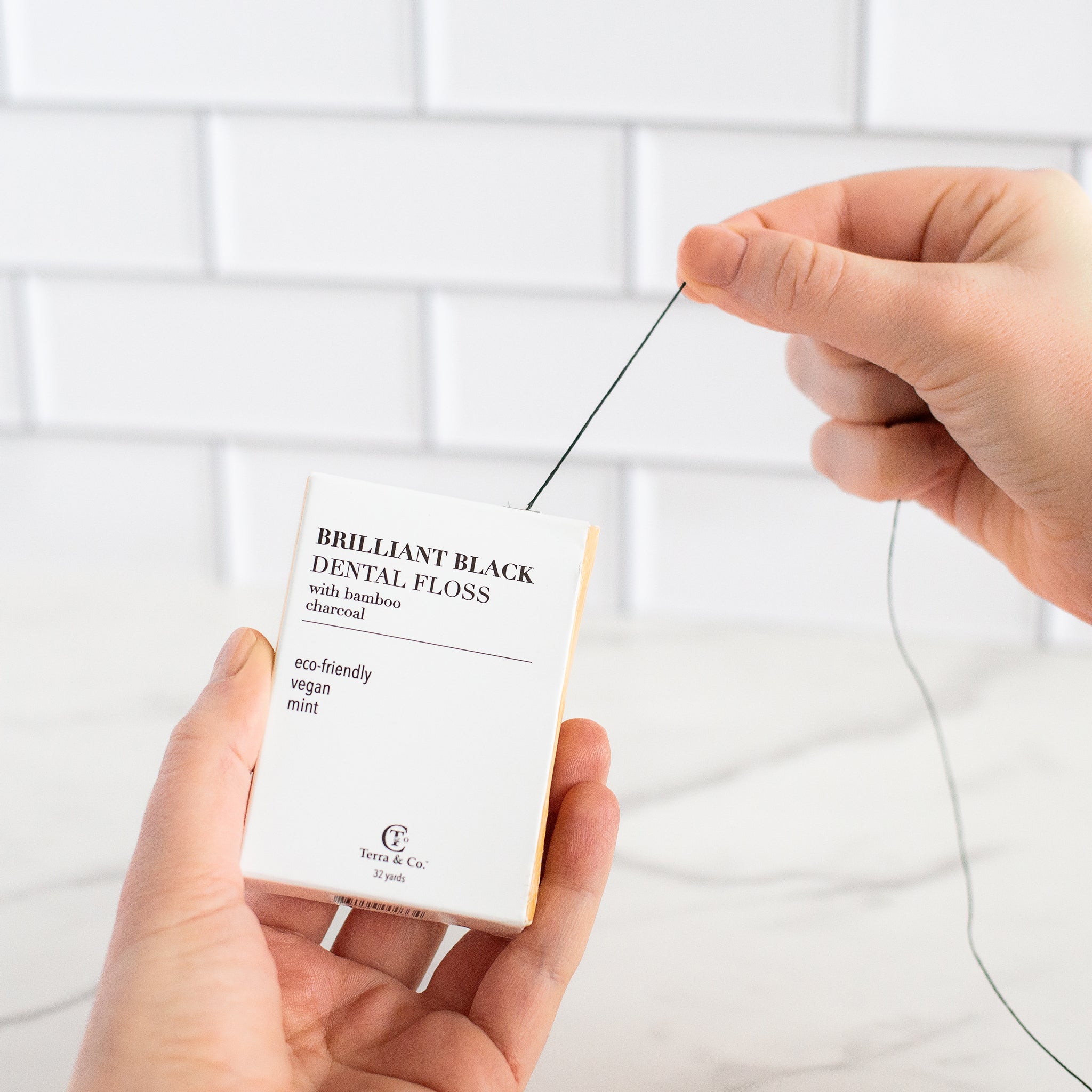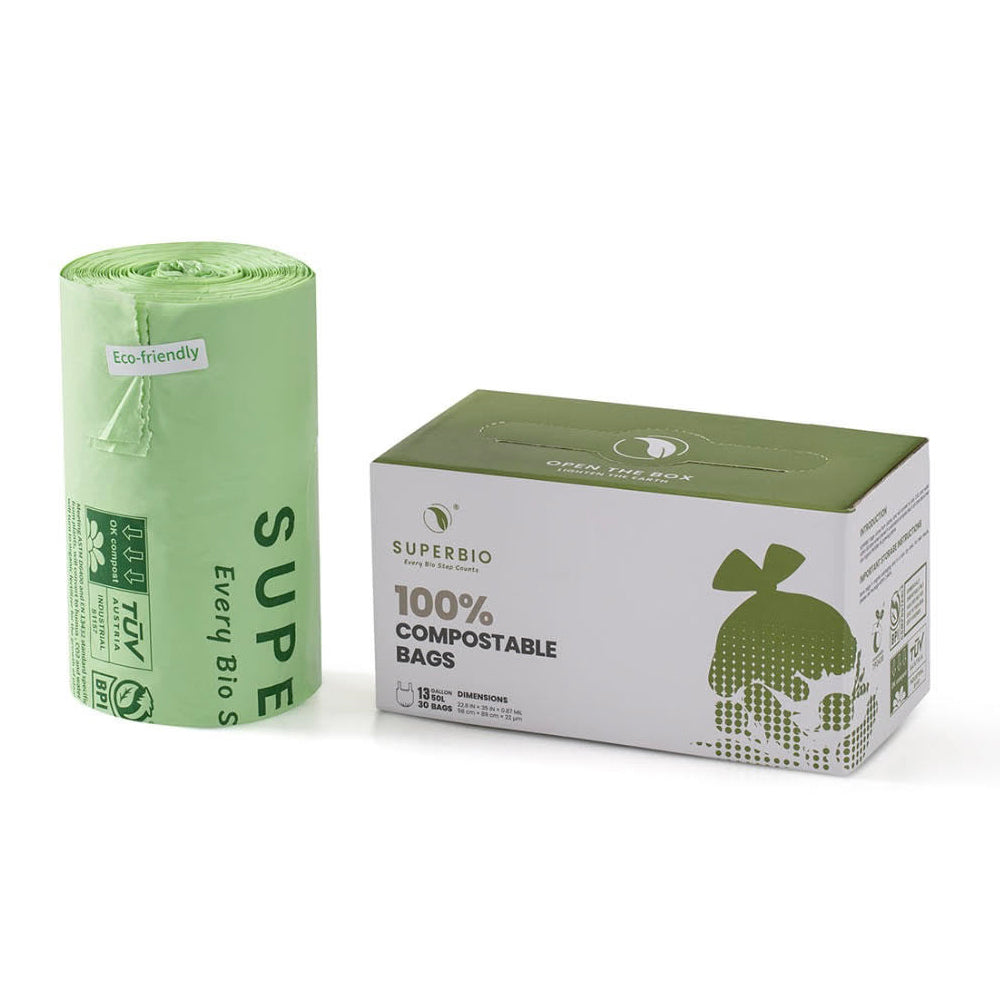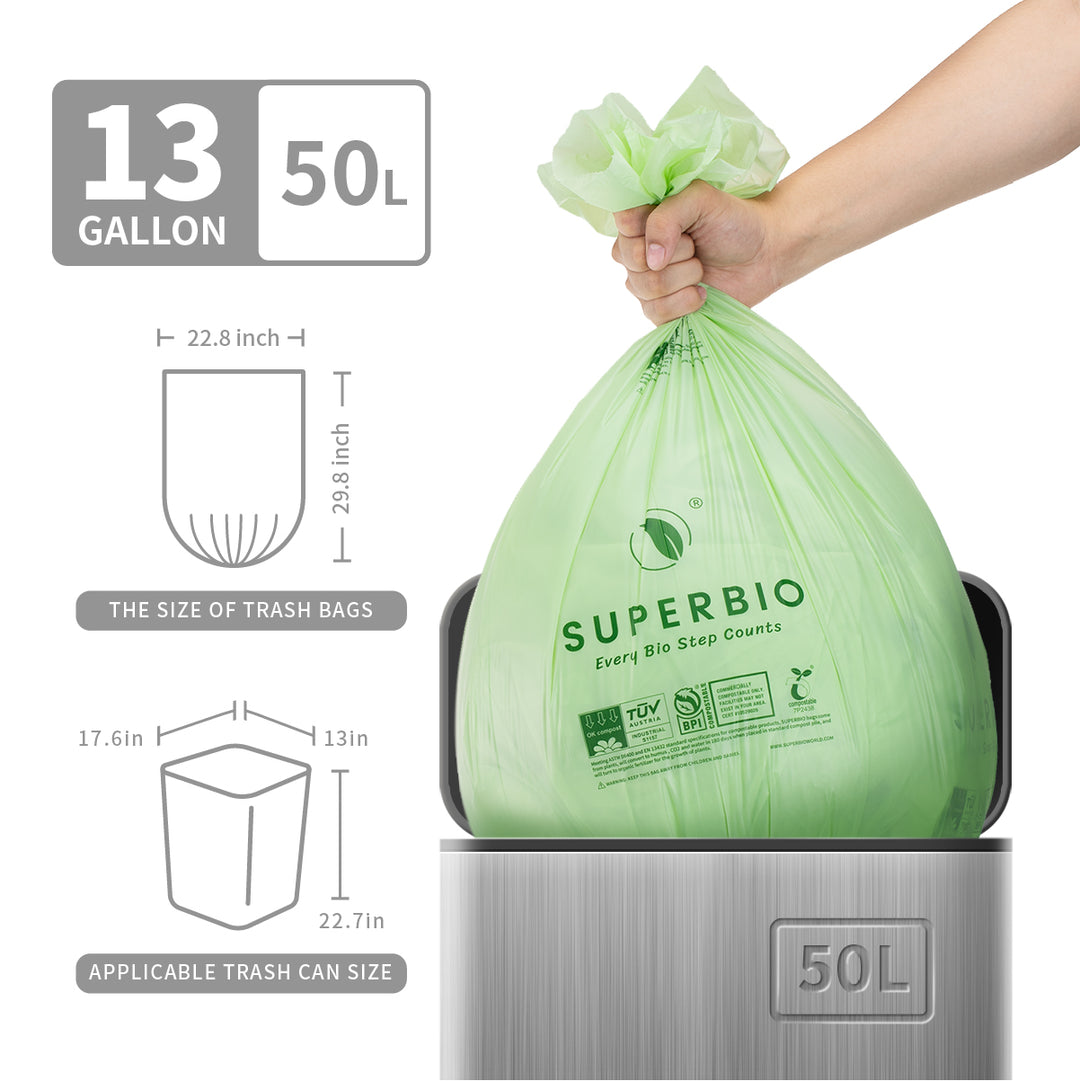Scientists Record Chilling Sound Deep in the Pacific That Mimics a Woman’s Voice
On March 1, 1999, a sound rumbled through the Pacific Ocean unlike anything heard before. It was loud, unplaceable—and eerily human.
The National Oceanic and Atmospheric Administration (NOAA) captured the noise using hydrophones spaced across the eastern equatorial Pacific. The sound reverberated with enough force to register on devices hundreds of kilometers apart. It resembled a woman's voice, softly humming or mumbling, which earned it the haunting name: Julia.
Scientists tried to locate the source, but the best they could do was narrow it down to a vast region between the Bransfield Strait and Cape Adare off the coast of East Antarctica, UNILAD Tech reports.

A mysterious underwater sound resembling a woman’s voice was recorded in 1999.
Too Loud to Ignore
The sound wasn’t a blip or a glitch. It was persistent and strong enough to be captured across an entire region of open ocean. That ruled out a malfunction or a small creature. There was nothing obviously mechanical about it either. And that’s what made it so strange. People compared it to a woman’s voice in distress, leading to public speculation and conspiracy theories, including wild claims of alien activity or deep-sea monsters. Some even pointed to old satellite photos, claiming a massive shadow the size of a skyscraper was spotted beneath the waves, according to Indy100.
Still, scientists couldn’t ignore the growing public interest. The noise was real. The location was remote. And the signature of the sound didn’t match any known marine mammal.

The sound, nicknamed “Julia,” was captured deep in the Pacific Ocean.
What Made Julia Different
To understand Julia, researchers looked back at a similar event. In 1997, an even louder but equally mysterious noise, later named "The Bloop," was recorded near the coast of Chile. Like Julia, the Bloop’s reach extended over 5,000 kilometers, far too vast to be produced by any known sea creature. According to Green Matters, the sound’s frequency suggested a natural cause, but the sheer volume sparked theories of monstrous marine life. The Bloop was eventually traced to an icequake—a massive iceberg cracking off an Antarctic glacier.
This icequake theory turned out to be the best explanation scientists had for Julia as well. NOAA later released a statement suggesting the sound most likely came from an iceberg that had run aground off Antarctica. It wasn’t a cry from the depths—it was ice tearing itself free, groaning across rock and ocean floor. GOOD reported that this explanation came after ruling out marine life and mechanical origins.

Icequakes are now considered the most plausible cause of such ocean noises.
Underwater Conversations and the Bio-Duck
Julia wasn’t the only mysterious sound to baffle researchers. Other noises, like the “Bio-duck,” sounded almost like conversation. In recordings captured in the South Fiji Basin, different sources seemed to take turns producing rhythmic, guttural pulses. It appeared as though animals were taking turns to speak, a discovery that led some scientists to suspect whale-like communication, Mashable reports.
These mysterious tones are often detected using hydrophones towed behind ships or fixed to the seafloor. Their placement allows researchers to isolate not just volume and frequency, but also direction and source proximity. What emerges is a symphony of clicks, rumbles, and moans that hint at both natural processes and marine intelligence.

Some believed the sound came from an enormous sea creature or alien vessel.
The Ice Speaks
Despite the human-like tone of Julia, the scientific community has largely accepted the iceberg grounding theory. And that doesn’t mean the mystery is any less impressive. The sound of a continent cracking, of ice shattering against ancient stone beneath miles of freezing water, can be just as haunting as anything conjured by myth. With climate change accelerating glacial melt, these strange underwater sounds may become more common, Upworthy reports.
As more hydrophones are deployed across the oceans, researchers now hear thousands of sounds like Julia and the Bloop every year. According to WIRED, NOAA records tens of thousands of these ice-generated rumbles, especially around Antarctica.

Julia’s tone mimicked a woman softly humming or mumbling underwater.
What Lies Below
Even with reasonable theories in place, Julia remains one of the ocean’s most compelling acoustic phenomena. The combination of human-like tone, massive range, and remote origin continues to captivate the imagination. Not every mystery needs to be fully solved to matter. Sometimes, just listening—really listening—is enough to remind us how little we know about the world beneath the waves.
































































































































































































